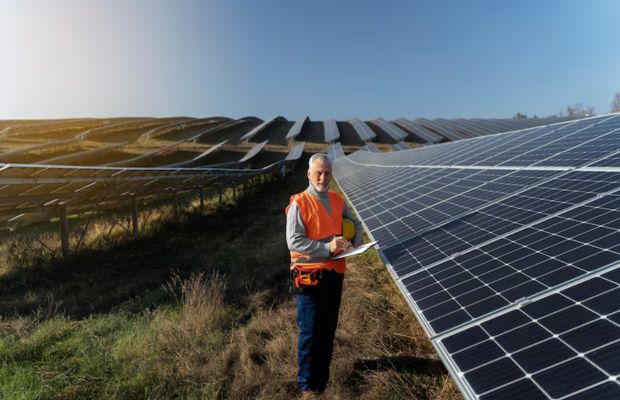In a move towards sustainable development for the Middle East’s energy sector, renewable sources such as wind and solar are projected to overtake coal-fired power generation by the year 2025. This shift marks a significant milestone in the region’s efforts to diversify its energy mix and reduce dependency on fossil fuels.
Recent analysis by the International Energy Agency (IEA) indicates that while global gas-fired electricity generation is expected to grow modestly, driven by shifts from oil to gas-based power generation in the Middle East and rising LNG imports in Asia, the focus in the Middle East is increasingly turning towards renewables. Countries in the region are capitalising on their abundant sunlight and favorable wind conditions to accelerate the deployment of solar and wind energy projects.
Nuclear power also plays a role in the region’s energy future, with ongoing investments in new reactors and infrastructure. However, the emphasis on renewable energy is gaining momentum due to its environmental benefits and cost-effectiveness. The Middle East’s commitment to renewable energy reflects a strategic move towards sustainable development and reducing carbon emissions.
Governments in the Middle East are actively promoting renewable energy through policy frameworks and incentives to attract investments in solar and wind projects. These efforts are not only aimed at meeting domestic electricity demand but also at positioning the region as a global leader in renewable energy technology and innovation.
The transition towards renewable energy sources in the Middle East is driven by both environmental stewardship and economic diversification. As global markets evolve and technological advancements continue to lower the cost of renewable energy production, the region sees an opportunity to secure its energy future while addressing climate change challenges.
IEA often publishes report on energy sectors ranging from thermal to renewable sources. The reports had earlier talked about the dominance of oil and gas in the region but also about the increased deployment of renewables in the region.


